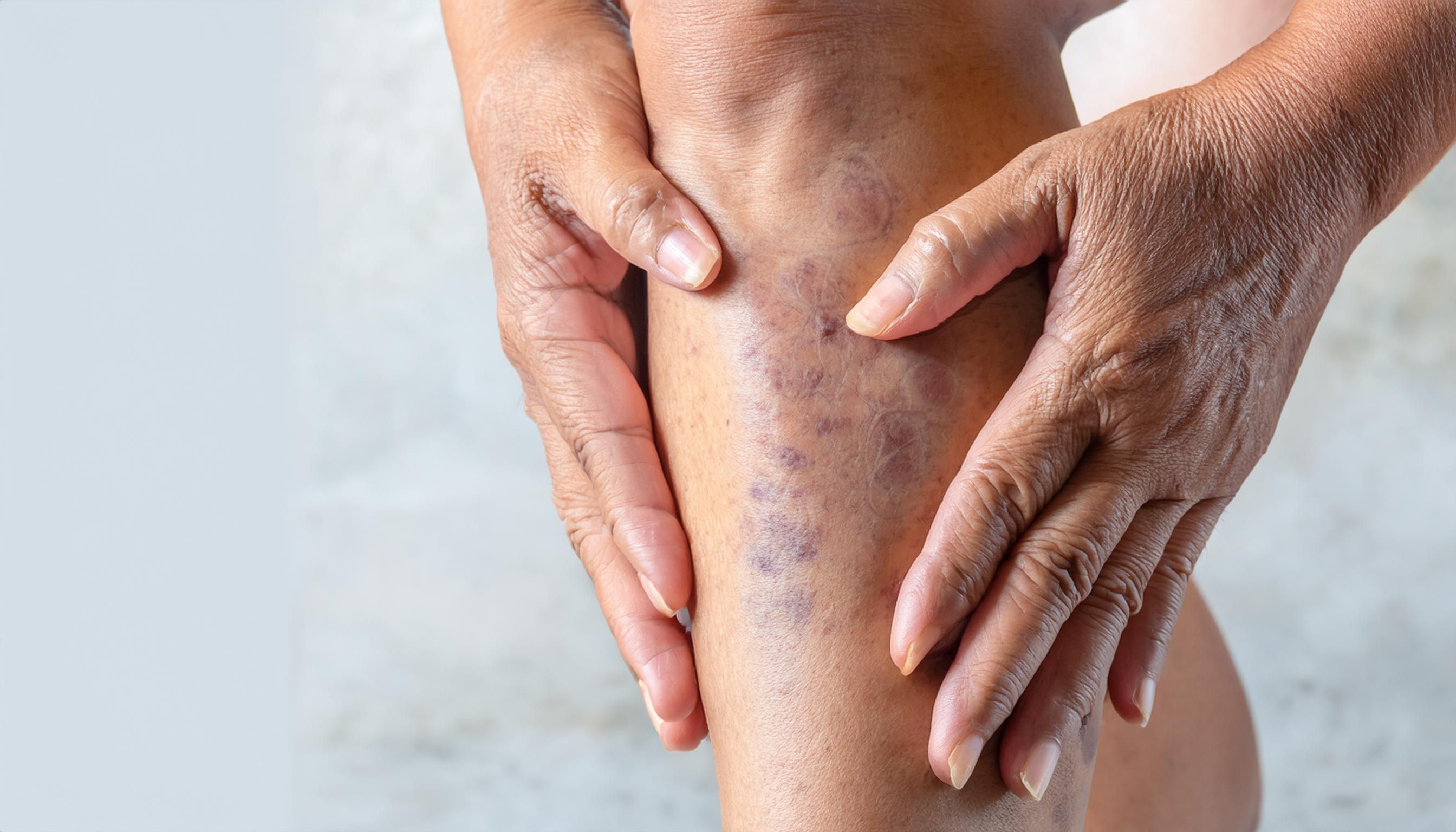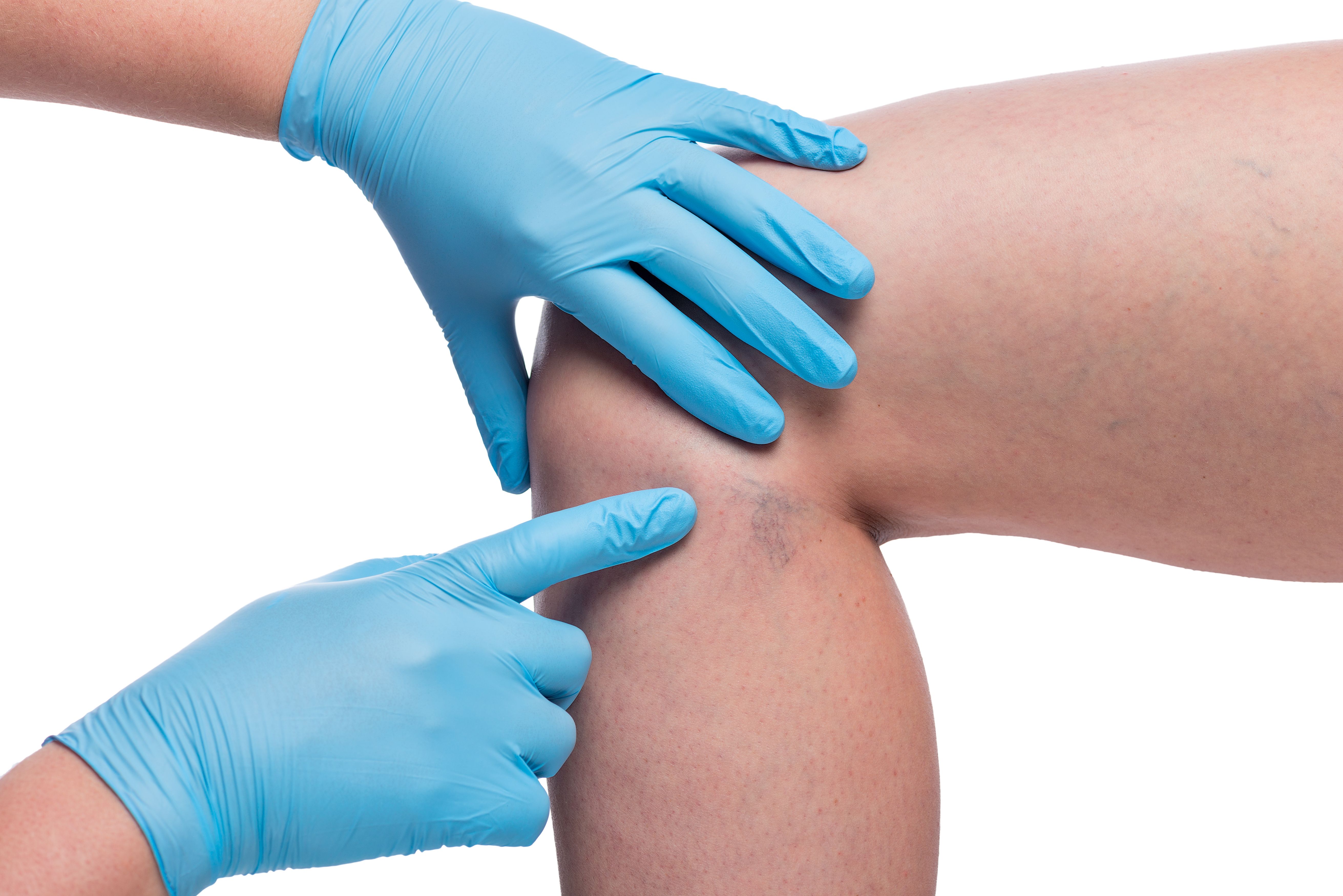Chronic Venous Disease
Treatment of Chronic Venous Disease
Varicose Veins
10/30/2025
Innovative Non-Surgical Treatments for Chronic Venous Disease
Chronic Venous Disease (CVD) is a long-term condition that affects the veins in the legs, often leading to symptoms such as swelling, pain, varicose veins, and even skin changes or ulcers in severe cases. Traditionally managed through lifestyle changes or surgery, recent advancements in medical science have introduced a range of innovative, non-surgical treatments that effectively address symptoms and improve quality of life—without the need for invasive procedures.
In this article, we explore the most up-to-date, evidence-based non-surgical treatment options for CVD, including venoactive medications like Diosmin + Hesperidin (Daflon® 1000), compression technologies, and emerging therapies that are reshaping vascular health management.
Understanding Chronic Venous Disease
CVD results from poor venous return, typically due to damaged valves within the leg veins. These valves are responsible for ensuring that blood flows upward toward the heart. When they fail, blood pools in the legs, causing symptoms such as:
- Leg heaviness or tiredness
- Swelling (edema)
- Varicose veins
- Skin discoloration
- Pain or cramping
- Venous ulcers
Untreated CVD can progress and significantly impact mobility and quality of life.
Why Non-Surgical Treatments Matter
Not all patients with CVD require surgery. In fact, most mild to moderate cases can be effectively managed with non-invasive interventions. These options are especially beneficial for:
- Elderly patients or those unfit for surgery
- Individuals with early-stage symptoms
- Patients seeking long-term conservative management
- Those waiting for surgical evaluation

Let’s explore the most innovative non-surgical options available today.
Venoactive Drugs (VADs): Diosmin + Hesperidin (Daflon® 1000)
Diosmin + Hesperidin (Daflon® 1000) is a widely used venoactive medication that contains micronized purified flavonoid fraction (MPFF), primarily composed of diosmin and hesperidin. These plant-based compounds strengthen the blood vessels, reduce inflammation, and improve lymphatic drainage.
Benefits of Diosmin + Hesperidin (Daflon® 1000):
- Reduces symptoms such as pain, swelling, and heaviness
- Improves venous tone and capillary resistance
- Helps manage varicose veins and early CVD
- Safe for long-term use under medical supervision
Diosmin + Hesperidin (Daflon® 1000) is backed by several clinical trials showing its effectiveness in alleviating CVD symptoms, making it a cornerstone in non-surgical therapy.
Compression Therapy
Compression therapy remains a gold standard in non-surgical management of CVD. This involves wearing graduated compression stockings that apply pressure to the legs, improving circulation and reducing venous pooling.
Types of Compression:
- Elastic stockings: Daily wear to manage symptoms
- Inelastic wraps: Used in more advanced cases with venous ulcers
- Adjustable compression devices: Newer technologies that allow for dynamic pressure adjustments
These innovations now offer more breathable, user-friendly materials and customizable compression levels, improving patient compliance.

Sclerotherapy (Non-Thermal, Non-Tumescent Techniques)
While often considered a procedure, modern sclerotherapy is minimally invasive and often performed in outpatient settings. A chemical solution is injected into the affected veins, causing them to collapse and be reabsorbed by the body.
Innovations in Sclerotherapy:
- Foam Sclerotherapy: Enhances contact with vein walls for better results
- Ultrasound-Guided Sclerotherapy: Targets deeper veins safely and accurately
These techniques are highly effective in treating spider veins and small varicose veins and serve as alternatives to surgery.
Endovenous Adhesive Closure (VenaSeal™ System)
This non-thermal, non-tumescent procedure involves injecting a medical adhesive into the vein to seal it shut. Unlike thermal ablation, VenaSeal requires no anesthesia or compression stockings post-treatment.
Advantages:
- Painless, quick recovery
- No risk of thermal injury
- No tumescent anesthesia required
While not widely available everywhere yet, it’s an emerging option for patients seeking a quick, office-based treatment.
Intermittent Pneumatic Compression Devices (IPCs)
IPCs are mechanical devices that wrap around the legs and use timed compression to promote venous return. These are especially useful for patients who are sedentary or have venous ulcers.
Benefits:
- Enhances blood flow
- Reduces edema
- Assists in ulcer healing
Portable versions are now available, allowing home use and improving convenience for long-term care.
Lifestyle Interventions & Tech-Based Monitoring
Innovative approaches also include wearable devices and apps that help patients track symptoms, monitor physical activity, and receive reminders for medications or compression stocking use.
Other Lifestyle Modifications:
- Regular exercise (e.g., walking, leg elevation)
- Weight management
- Avoiding prolonged standing or sitting
- Staying hydrated
Technology is enhancing patient adherence and allowing healthcare providers to personalize treatment plans based on real-time data.
When to See a Specialist
Non-surgical treatments are often the first line of defense against CVD. However, it’s important to consult a vascular specialist if you notice:
- Persistent swelling or pain
- Skin changes such as darkening or hardening
- Development of open sores or ulcers
- Bulging varicose veins that worsen over time
An early and accurate diagnosis allows for timely interventions and prevents complications.

Key Takeaways
The landscape of non-surgical treatments for Chronic Venous Disease has evolved tremendously. From pharmacological agents like Diosmin + Hesperidin (Daflon® 1000), to advanced compression technologies and minimally invasive procedures like sclerotherapy and VenaSeal, patients now have a range of safe, effective options to manage symptoms and delay or avoid surgery altogether.
As research continues to innovate and refine these methods, individuals living with CVD can look forward to more personalized, accessible, and non-invasive ways to improve their vascular health.
For full prescribing information, see the package insert of Diosmin + Hesperidin (Daflon® 1000).
REFERENCES
- Nicolaides AN, et al. Management of Chronic Venous Disease: An Evidence-Based Review. International Angiology.
- Rabe E, et al. Clinical effectiveness of micronized purified flavonoid fraction: Angiology Journal.
- VenaSeal Closure System. Medtronic.
- Compression Therapy in Venous Disease: Guidelines from the European Venous Forum
2025